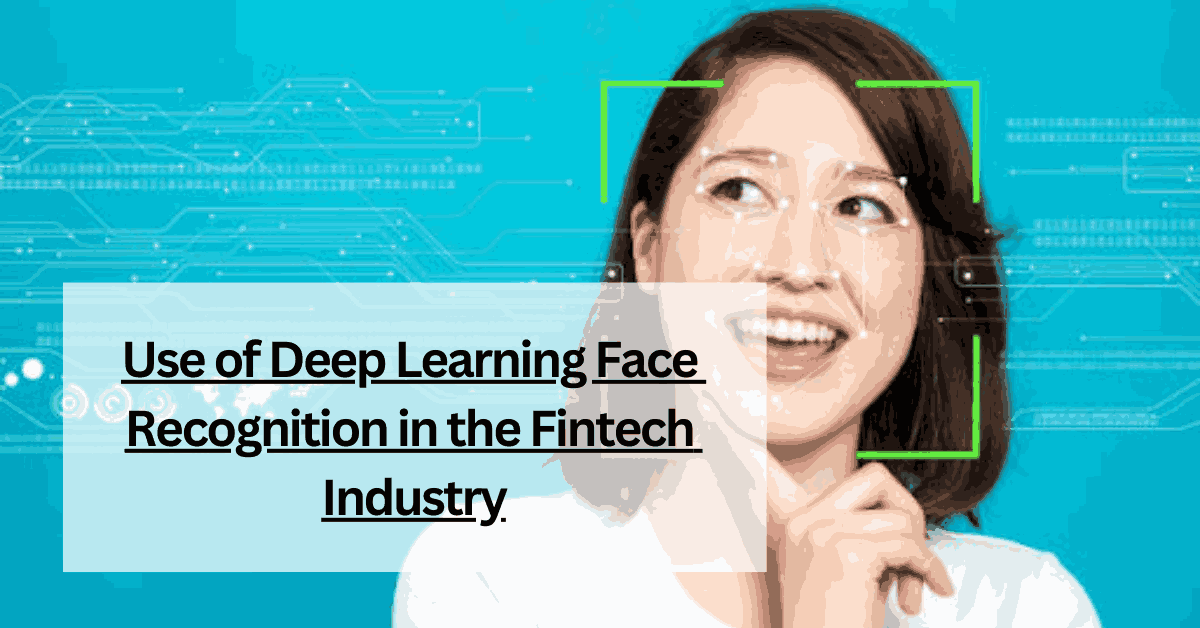Deep learning face recognition has remarkable benefits in every industry, but this is a one-time investment. In the era of digital media, it is impossible to survive without integrating the biometric solution. The latest tools ensure that they are interacting with the legitimate user.
The business activities are not confined to just their local clients, the digital media has created convenience for them and now they can attract international users also.
The use of biometric solutions is now increasing, developed countries are especially using these solutions. In 2023, the USA faced a loss of $10.3 billion due to the cybercrime cases.
Table of Contents
Liveness Detection for Face Recognition: Introduction
Face recognition deep learning ensures that the client is present in real-time, ensuring authenticity. It eliminates the concern of hackers using the 3D masks or spoofing techniques to bypass the system.
There are chances that any scammer uses the picture or the video of the actual client to decode the algorithm, to control such issues the liveness of the user is checked. The whole task is done digitally, no involvement of the manuals is required.
It is beneficial for the customers also, as they do not have to travel to the office for authentication. They can save their time and traveling expenses, other than this the users also do not have to follow the office protocols.
How Does Face Liveness Verification Perform Its Role?
The biometric solutions use different approaches to verify the individuals; the following are the most common techniques involved in the authentication:
Motion Based Analysis
The tools check the movement of the face, head or the blinking of the eyes of the client. The solutions are very advanced; they even notice the facial expressions or the gestures of the user and compare them with the previously stored record.
Also Read: usanetwork/activatenbcu: Unlocking the Best in Entertainment
Texture Based Detection
Face detection and recognition analyze the skin texture of the customer, this is done to mitigate the risk of the 3D mask scams. The face contains marks or blemishes, and the silicon mask does not contain these details, therefore verification is done to check the authenticity of the user.
3D Based Detection
This authentication is done to arrest the hackers who use the 3D masks to decode the client’s account.
Types of the Liveness Detection
There are the following two types of liveness detection used in the banks:
Active Liveness
The active checks involve the participation of the human, the scanner displays some questions on the screen and the user has to respond to them.
This type of deep learning face recognition is not very common because the clients consider it a hectic process. The companies ensure the convenience of their customer therefore they prefer to integrate the passive detection checks.
Also Read: Hüriyer – Significance of Hüriyer in History Of 2023
Passive Liveness
In this type of authentication the clients are not actively involved, the system in the backend notices the activities of the user and compares it to the former record.
This type of verification is very friendly, clients also prefer them because they just have to face the machine. These checks are more commonly used by companies, as they are reliable and time-saving.
Also Read: What is /gv8ap9jpnwk – know In 2023
Why the Verification is Necessary for the Banks
- Financial institutes are always the most attractive spot for hackers, as the large amount of revenue of the banks has increased the attention of scammers. The banks must secure the credentials of the clients, the customers feel safe with the organization that secures their credentials. The biometric solutions regulate the operation of the companies, the employees do not have to perform the entire process. When the banks onboard new users, they verify their accounts and record their thorough data.
- Insurance companies and investment agencies need to comply with the regulations of the government. Other than this they also have to continuously monitor the activity of their customers and check their source of income. In this way, the organizations can reduce their risk rate and preserve them against fraudulent activities. The company that is prone to cybercrime cases, its brand image is also affected, as it is considered an unsafe organization.
Conclusion
Deep learning face recognition is very crucial in the banking sector because it aids in enhancing the surveillance of organizations. The clients prefer the company that integrates biometric solutions, as such businesses preserve the credentials of the users.
The brand image of the business is also improved when they are safeguarded against data exposure issues. The banks hold the sensitive data of the clients, it is their core responsibility to shield the users from fraudulent activities. A rise in their profit is observed in the businesses that are implementing these solutions.
